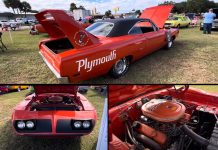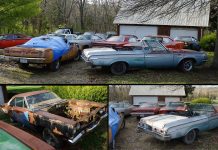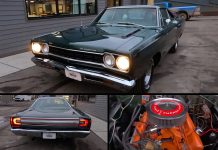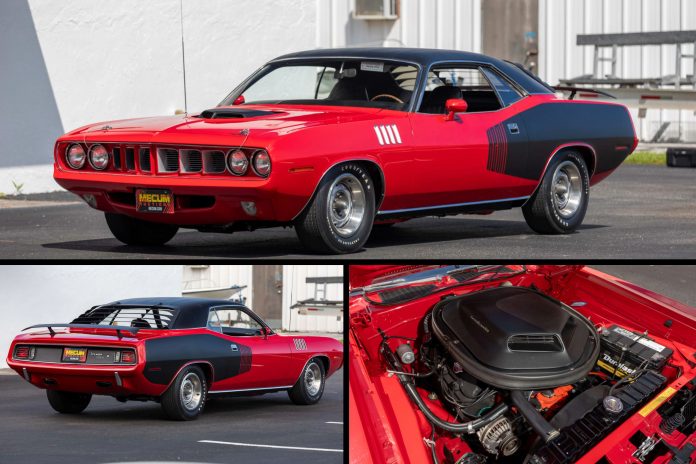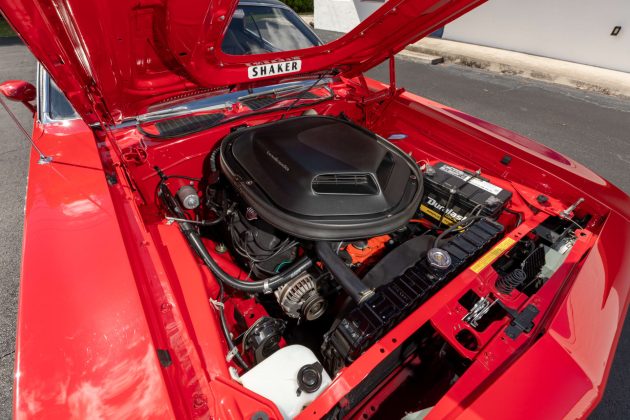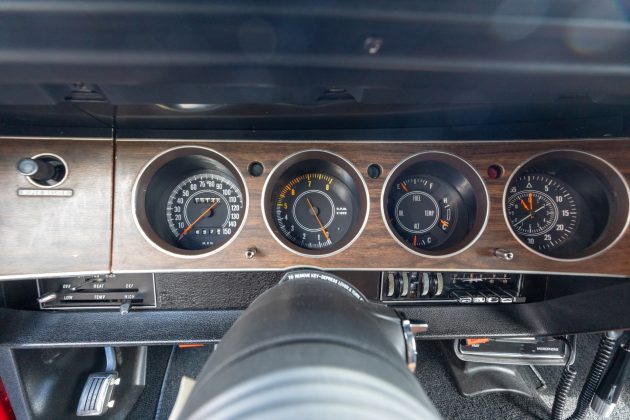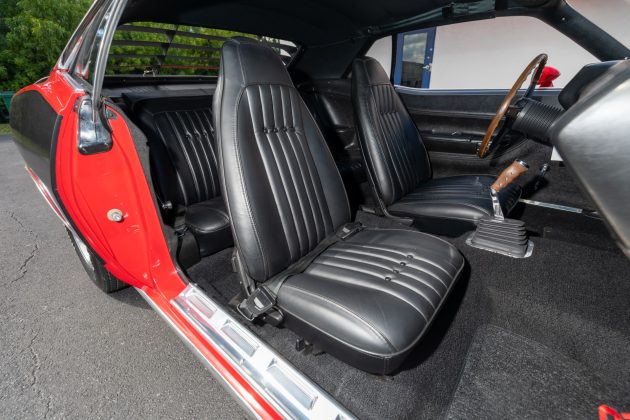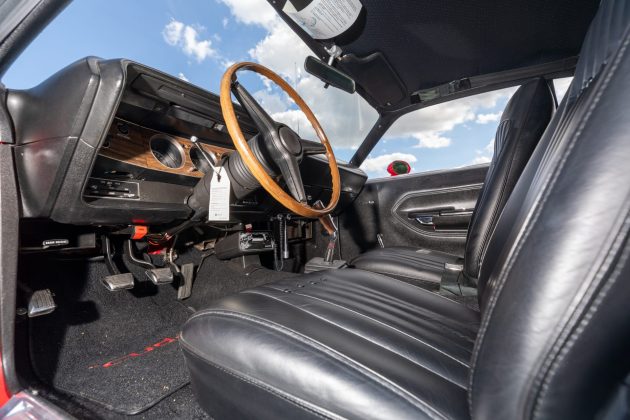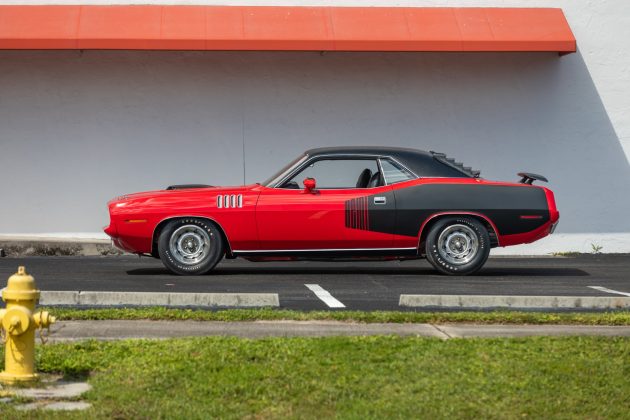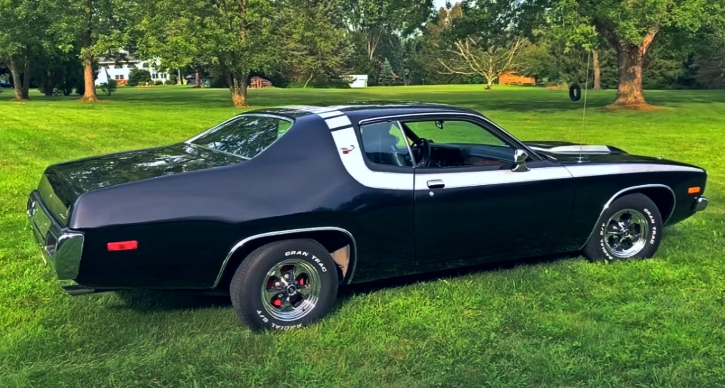Plymouth, in 1965, initiated the production of the powerful 426-cubic-inch (7.0-liter) HEMI V8 engine in its cars. However, it wasn’t until the third-generation Barracuda, released in 1970, that this iconic engine became an option for the model.
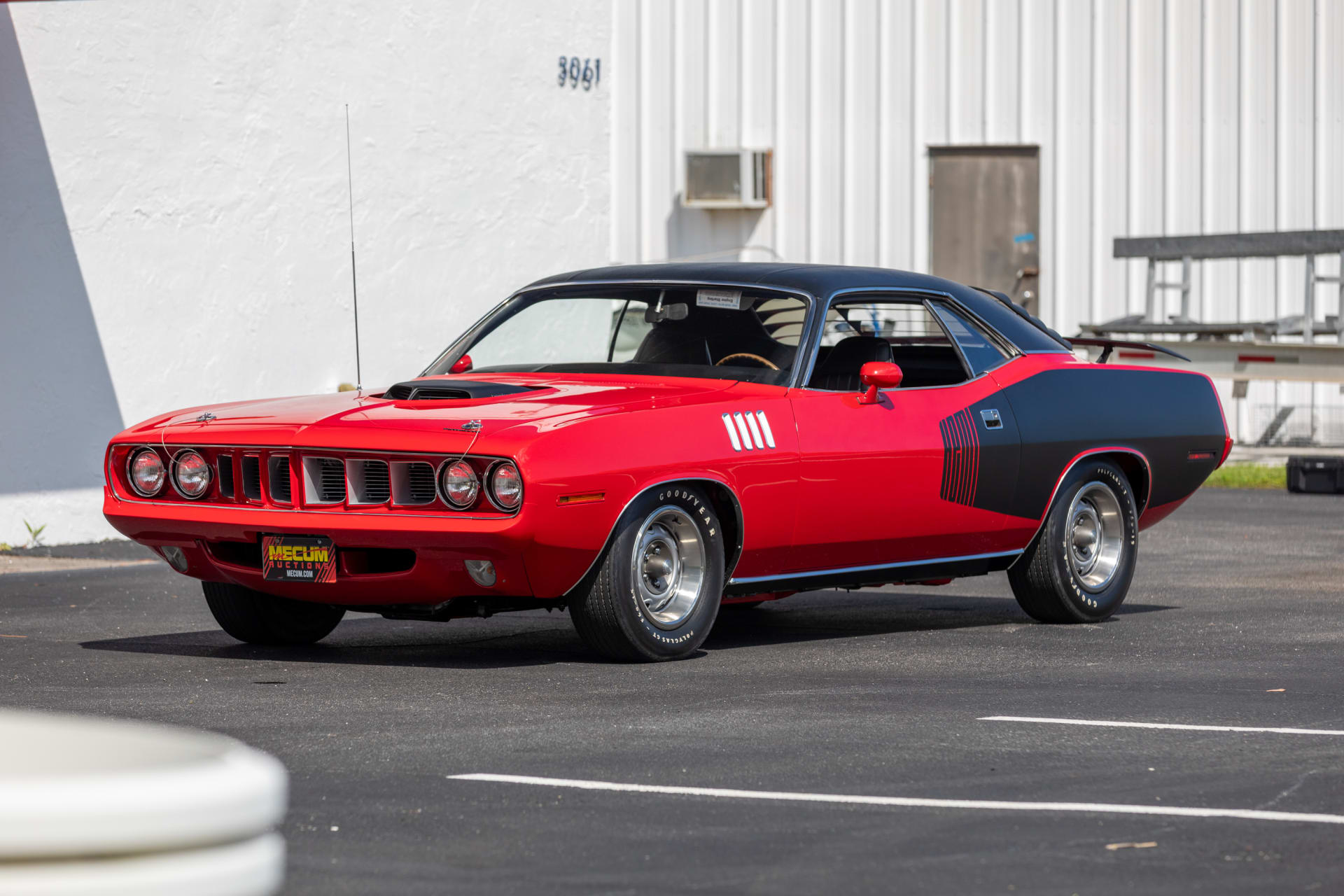
In 1968, a limited-edition factory dragster with the HEMI V8 was introduced for Super Stock duty, but it wasn’t until the Barracuda transitioned to the E-body platform in 1970 that the HEMI became an available option.
Despite the popularity of the third-gen Barracuda, with nearly 49,000 units sold in the US in its first year, the HEMI engine faced limited demand. Only 666 customers opted for the high-performance big-block mill, largely due to elevated insurance rates associated with muscle cars at that time.
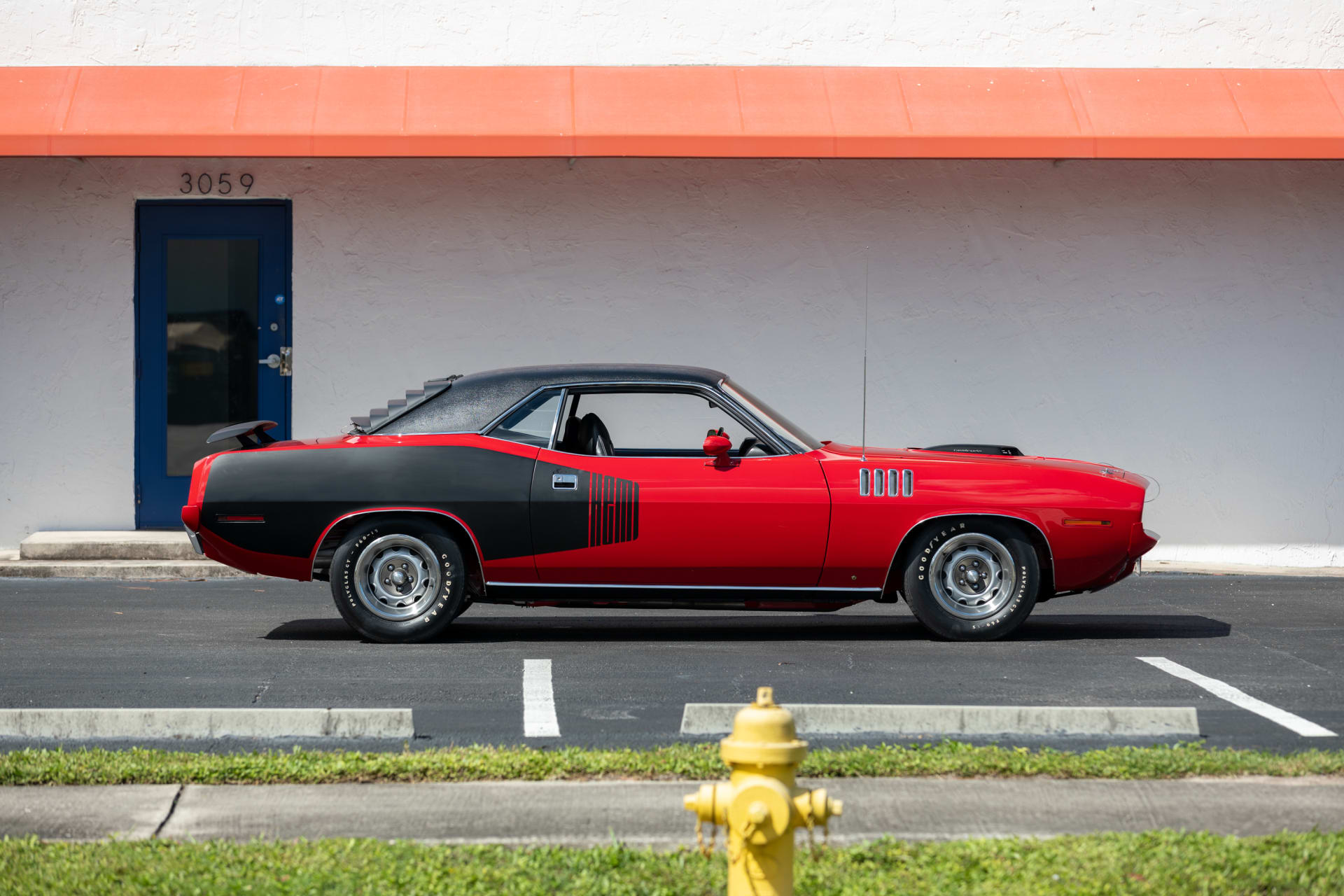
The year 1971 marked a downturn for Barracuda sales, plummeting by over 65% to just 16,492 units. HEMI demand further decreased, with only 114 units shipped to US dealers. Chrysler discontinued the 426 V8 at the end of the year, making the HEMI ‘Cuda a brief two-year affair.
Rarity and Value in 2023
By 2023, the low production figures of the 1970 and 1971 HEMI ‘Cudas transformed them into rare and highly sought-after classics. Hardtops command prices ranging from $250,000 to $500,000 based on condition and originality, while convertibles can reach million-dollar values, with only 21 sold in the US.
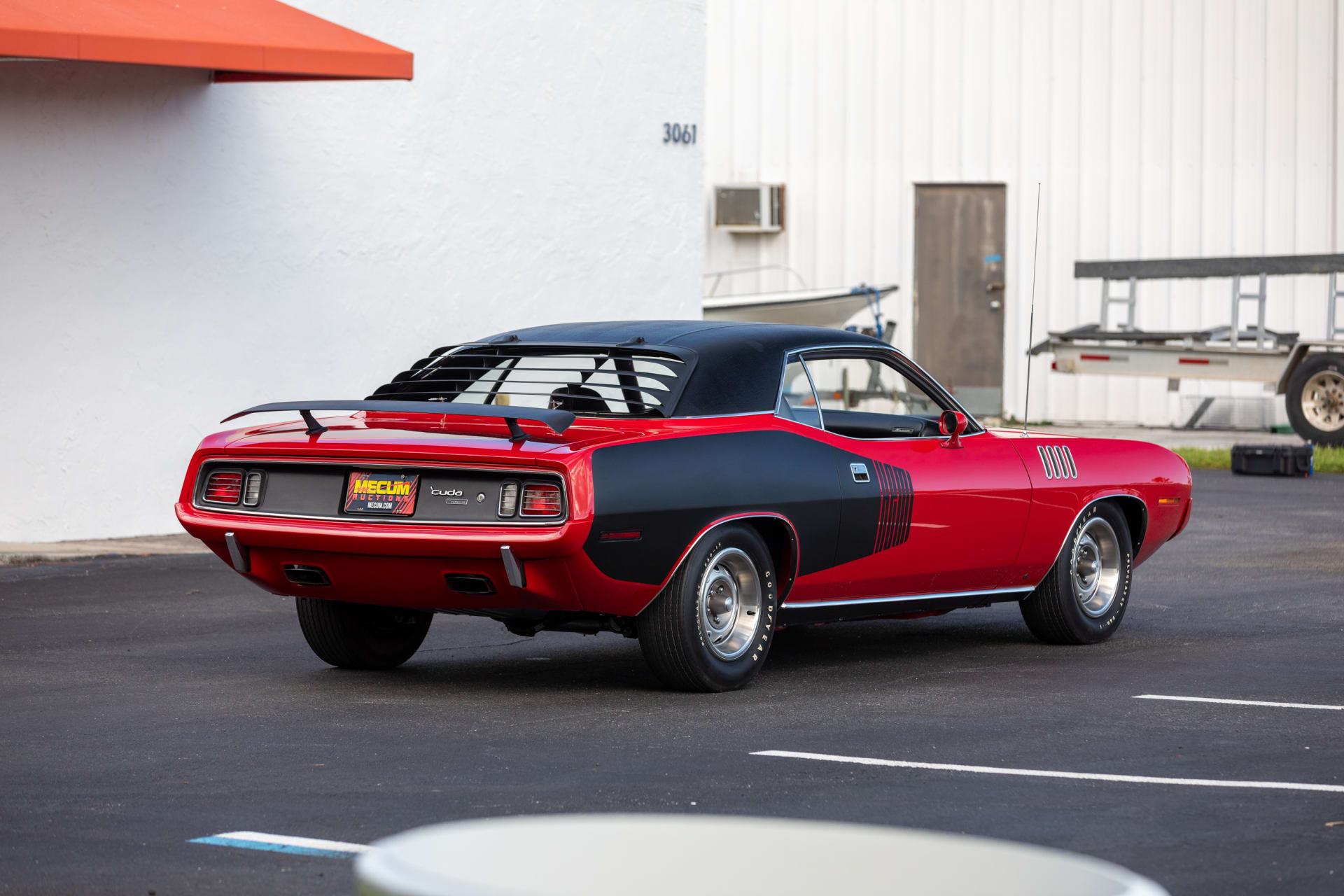
Many HEMI ‘Cudas have been restored to their original specifications. Some lack original components, but others maintain a numbers-matching status. Certain examples, such as the featured 1971 HEMI ‘Cuda, have low mileage and pristine condition, thanks to meticulous frame-off restorations.
The highlighted 1971 HEMI ‘Cuda, painted Rallye Red with black billboard decals, boasts originality with the 426 HEMI engine and a desirable four-speed manual gearbox. Loaded with classic muscle car features, including a shake hood, pistol-grip shifter, leather bucket seats, dual exhaust, and Rallye wheels, it presents a unique combination.
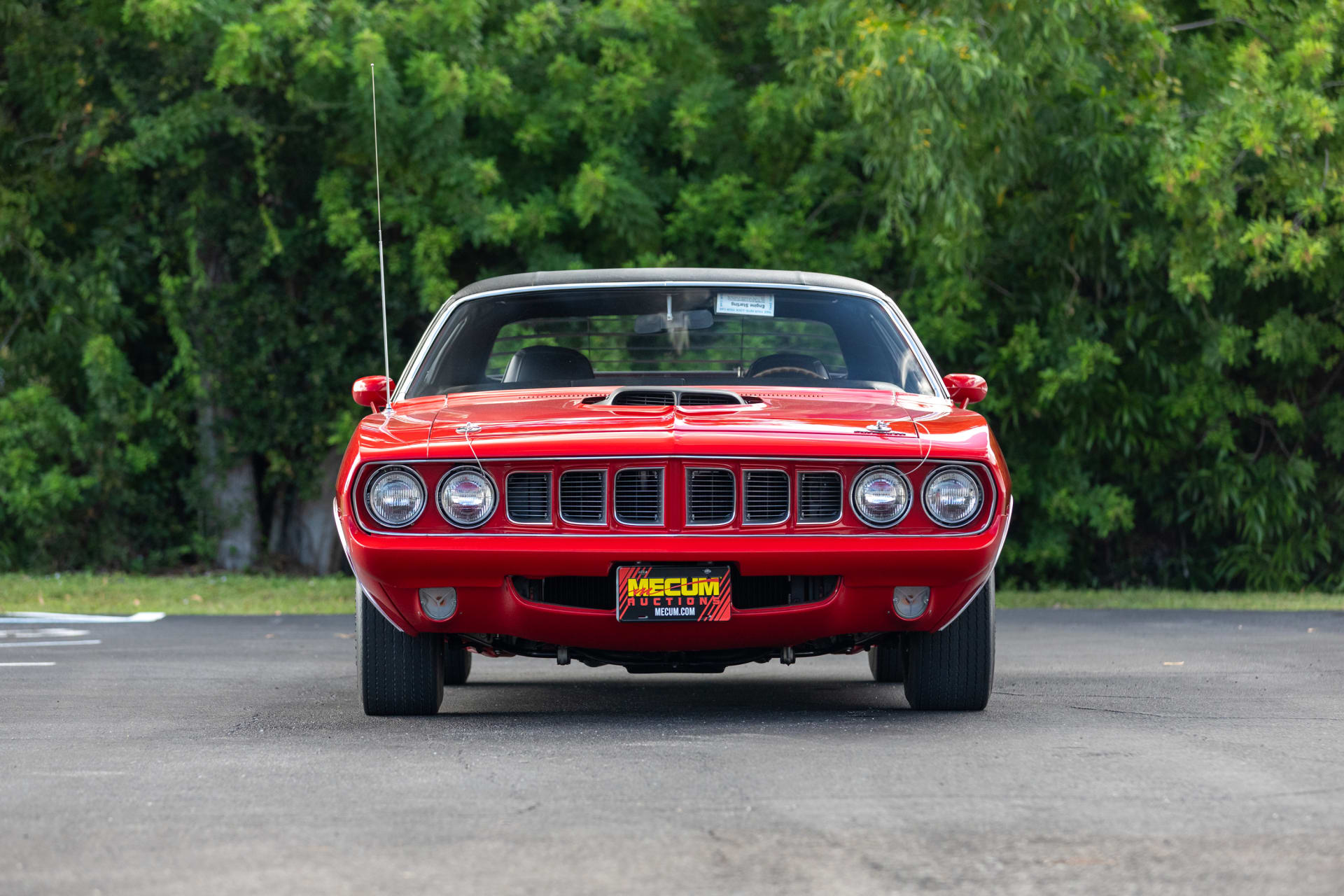
This specific Barracuda is not only one of 108 hardtops built for the US market but also one of only 59 HEMI cars equipped with the four-speed manual gearbox. The color and options combination potentially makes it a one-of-one gem, but being one of 59 is already a rarity, especially in such excellent condition.
Future Auction and Value Estimate
The 1971 HEMI ‘Cuda is scheduled for auction at the 2024 Mecum Kissimmee event in January. While no estimate is provided for this lot, a similar HEMI ‘Cuda in comparable condition with an automatic transmission and lacking low-mileage status is projected to fetch between $350,000 and $450,000.
Considering the rarity, condition, and unique features of the Rallye Red beauty, it could potentially change hands for more than $500,000 at the upcoming auction.
# FAQs
## Q1: Why was the HEMI V8 not available in the Barracuda until 1970?
A1: Although the HEMI V8 was introduced in 1965, it only became an option for the Barracuda when it transitioned to the E-body platform in 1970.
## Q2: Why did the HEMI ‘Cuda face limited popularity, especially in 1971?
A2: In 1971, Barracuda sales declined significantly, attributed to changing market dynamics. The HEMI ‘Cuda faced even lower demand, partly due to elevated insurance rates associated with muscle cars during that period.
## Q3: Why are 1970 and 1971 HEMI ‘Cudas considered rare and valuable today?
A3: The low production figures of these model years, coupled with their unique features, make 1970 and 1971 HEMI ‘Cudas highly sought-after classics today. Rarity, combined with their historical significance, contributes to their elevated value in the collector’s market.



